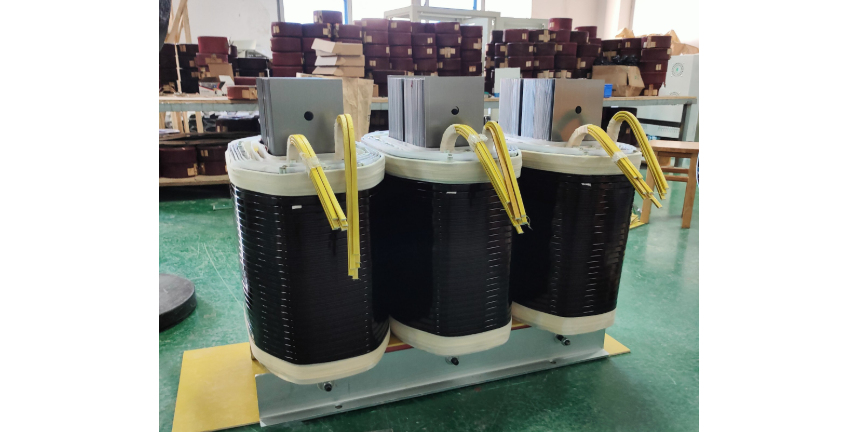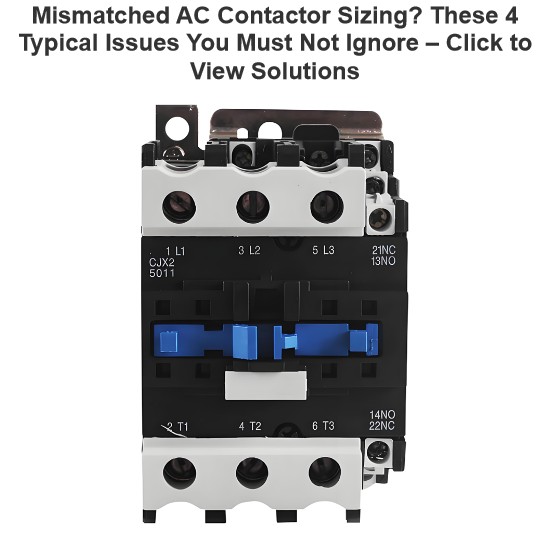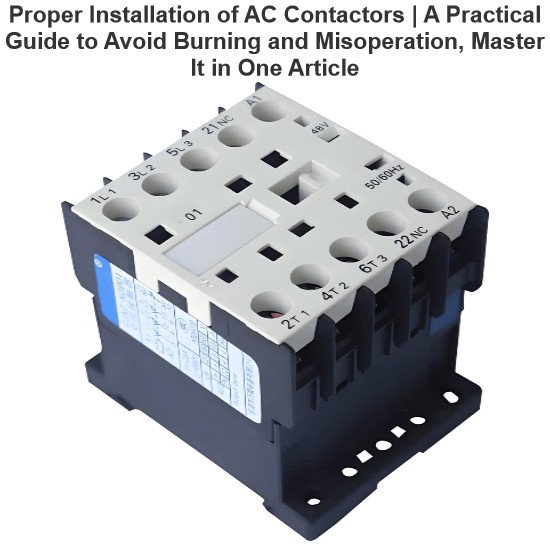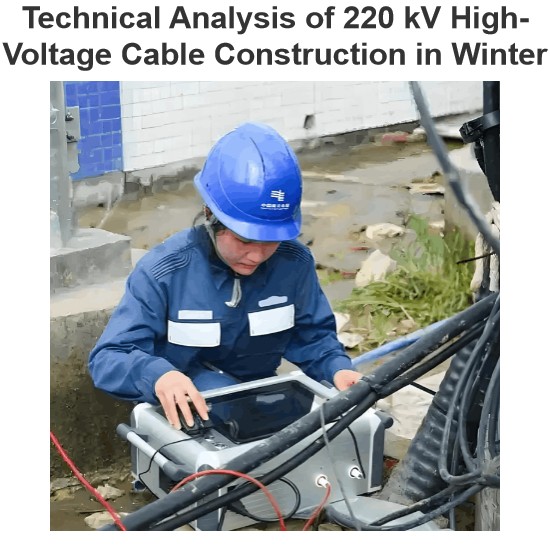Sizing Principles and Technical Parameters of Photovoltaic Transformers
Sizing photovoltaic transformers requires a comprehensive consideration of multiple factors, including capacity matching, voltage ratio selection, short - circuit impedance setting, insulation class determination, and thermal design optimization. The key sizing principles are as follows:
(I) Capacity Matching: Fundamental for Load Bearing
Capacity matching is the core prerequisite in sizing photovoltaic transformers. It requires accurately matching the transformer capacity to the installed capacity of the photovoltaic system and the expected maximum output power, ensuring stable operation under the intended load. The capacity calculation formula is:

where U2 represents the secondary - side voltage of the transformer (typically 400V). Considering the inherent variability of photovoltaic systems (e.g., fluctuations in sunlight and load changes), the calculation must incorporate a safety margin (1.1–1.2 times), load - rate fluctuation coefficient (e.g., KT = 1.05, and power factor (usually 0.95).
Example: For a photovoltaic system with a peak power output of 500kW, a 630kVA, 800V/400V transformer can be selected to adapt to different sunlight and load conditions. Additionally, in accordance with the Technical Guidelines for Distributed Photovoltaic Grid Connection, the capacity of a single distributed photovoltaic power station should not exceed 25% of the maximum load in the power supply area of the upper - level transformer, to avoid grid impacts.

(II) Voltage Ratio Selection: Adapting to Fluctuations and Voltage Regulation
The voltage ratio must align with the output characteristics of the photovoltaic system (inverter voltage typically fluctuates by ±5%) and grid connection requirements, featuring dynamic adjustment capabilities. There are two main adjustment methods:
Tap - changer adjustment: Applicable to off - load tap - changing transformers, usually with three ±5% taps (e.g., 10.5kV/10kV/9.5kV), requiring a power - off operation.
Automatic voltage regulation module adjustment: Applicable to on - load tap - changing transformers, enabling online dynamic adjustment with a response time ≤200ms.
In actual operation, appropriate taps should be selected based on load characteristics: 5% tap for light loads, and 2.5% or 0% taps for heavy loads, balancing voltage rise during high photovoltaic generation and voltage drop during nighttime peak loads.
(III) Short - Circuit Impedance Setting: Balancing Protection and Stability
Short - circuit impedance should be designed according to the system's short - circuit current level and transformer type (oil - immersed/dry - type), with the calculation formula:

Oil - immersed: 4%–8%; dry - type: 6%–12%. For large transformers (e.g., 9150kVA), increase impedance ( Zk ≥ 20% ). Do temperature correction (75°C for oil - immersed, 120°C for dry - type).
(IV) Insulation Class
Fit outdoor environments. Prefer Class F (155°C) or H (180°C). Use H - class for deserts, salt - spray - resistant materials for coasts, moisture - resistant for high humidity. Consider thermal aging: +6°C doubles aging; - 6°C halves it.
(V) Thermal Design
Optimize by environment. Cooling methods: natural/forced air cooling, oil - immersed self - cooling. For high - temp areas: forced air or hybrid; high - humidity: dry - type + axial ducts; high - dust: IP54 + filters. A desert station uses micro - channel liquid cooling (7:3 deionized water + ethylene glycol) for 3× efficiency.
V. Sizing & Inspection for Different Scenarios
Solutions for typical scenarios:
(I) Grid - Connected
Sizing: Cover inverter/auxiliary power + 1.15× margin (e.g., 1092.5kVA). Match ±5% voltage, 4%–8% impedance, ≥Class F, natural/oil - air cooling. Inspection: Check insulation,THD ≤ 5%, voltage regulation (±2.5%), impedance (±2% of factory value).
(II) Off - Grid
Sizing: 1.2–1.5× load power. Adapt to inverter (e.g., 800V/400V), 6%–12% impedance, ≤200ms voltage regulation, 400V + 220V windings.
Inspection: Test overload (≥120%), voltage regulation response, voltage balance, and system fluctuations.
(III) High - Temperature
Sizing: Dry - type + forced air or oil - immersed + naphthenic oil. Use high - temp insulation, IP55, 80°C - start/60°C - stop fans. Inspection: Quarterly thermography, semi - annual oil tests, check cooling, monitor winding temp.
(IV) High - Humidity/Coastal
Sizing: IP65 epoxy dry - type, 316L + fluorocarbon coating, salt - resistant insulation, increased spacing. Inspection: Check coating, oil moisture/gases, salt - spray test (≤5% power drop), monitor hydrogen.
(V) High - Dust
Sizing: Fully sealed, IP54, three - stage filters, enlarged cooling area, wear - resistant windings. Inspection: Replace filters quarterly, thermography, check dust - proofing, clean regularly.
(VI) Electromagnetic Interference
Sizing: Sandwich windings (≤500pF), LC filters ( THD ≤ 4% ), meet EMC (GB/T 21419 - 2013), dual - redundant comms. Inspection: Annual EMC tests, monitor harmonics/unbalance, check grounding (≤0.5Ω), test bit error 10-8.
(VII) PV - Energy Storage Integration
Sizing: Integrate PCS (Modbus RTU), 400V + 220V windings, ≤200ms reactive compensation, consider combined loads. Inspection: Verify PCS compatibility, voltage balance (≤1%), test voltage regulation (≤±2%), check storage connections.
Summary: Accurate matching of capacity, voltage, impedance, insulation, and thermal design, plus thorough inspection, ensures safe, efficient, and long - life operation, aligning with distributed PV development under carbon goals.

























